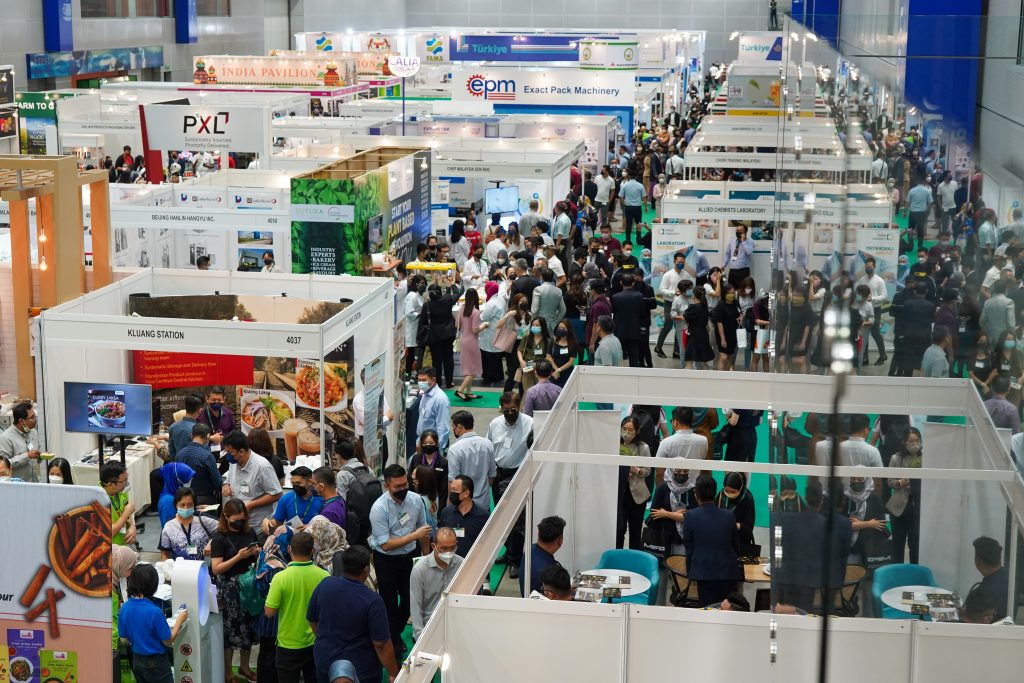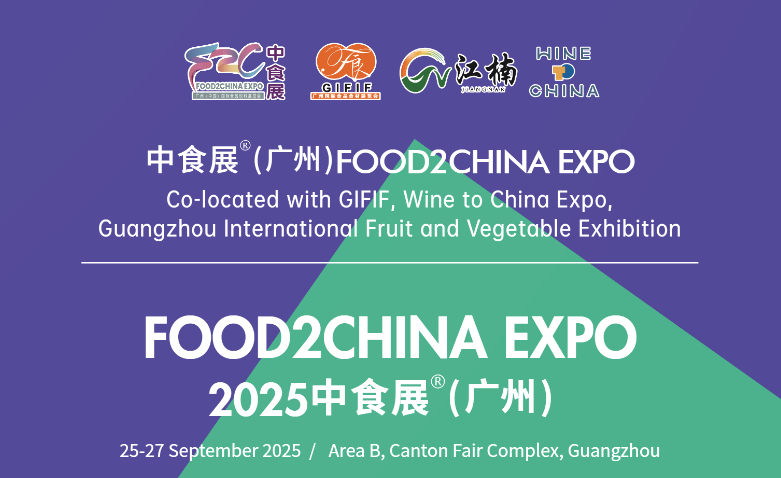In Korea, the climate fluctuates between cold, snowy winters and hot, wet summers that limit agriculture. Cooking styles to prepare Korean food is influenced by its flavor and color all its own! Sweet, sour, bitter, hot, and salty tastes are combined in all meals, and white, red, black, green, and yellow are important color considerations in the presentation of dishes. Rice is the foundation of the diet and rice cooking is considered an important skill. Vegetables are served at every meal either individually or added to soups and other dishes. Pickled, fermented vegetables are especially popular, usually in the form of spicy kimchi. The preparation of kimchi is a special family event.
Beef is a common protein source and fish/shellfish is eaten throughout Korea. Barbecued meat is well-liked by Koreans. Soybeans and other legumes are added to sweet and savory dishes. Seasonings are the heart and soul of Korean cooking and include garlic, ginger, black pepper, chilies pepper, scallions, toasted sesame, and various condiments. Many Koreans follow the balance of cold foods and hot foods. The preparation of healthy, tasty fare is an important way that Koreans show affection for family and friends.
Overall, the Korean diet can provide many essential nutrients.
The traditional Korean diet is:
- Low in fat– Fat is essential to any child’s diet. The Korean diet is low in saturated and Trans fats (the less healthy fats) and provides foods rich in mono- and poly-unsaturated fats (think fish and vegetable oils).
- High in complex carbohydrates– Complex carbohydrates are found in fruits, vegetables, nuts, seeds, and grains. These foods contain fiber, which is important for digestive health.
- High in sodium– Specific recommendations regarding sodium does not exist for infants and children. It’s not yet clear what effect a salty diet has on children’s long term health, but moderate intake of sodium and plenty of fluids should be encouraged.
Do drop by at one of our e-sellers on our e-Trading platform who one of the leading company excel in promoting Korean Healthy Integrated Food. The AVO F&C Co. Ltd have significant product that comprises of many Korean nutritious value in one packet. Find Out More Here
King Of Herbs, Ginseng
Ginseng has been used for improving overall health. It has also been used to strengthen the immune system and help fight off stress and disease. It’s important not to confuse Korean ginseng with other types of ginseng, including Chinese ginseng (Panax notoginseng), Siberian (Eleutherococcus senticosus), American (Panax quinquefolius), or Himalayan (Panax pseudoginseng), each of which provides its specific effects on the body. Siberian ginseng is not related to Panax ginseng.
Korean ginseng (Panax ginseng) is in the family Araliaceae. The root of the plant is most commonly used in herbal supplements. Other names synonymous with Korean ginseng include Panax ginseng, mountain ginseng, wild ginseng, true ginseng, and Asian ginseng.
If you ponder or having trouble to identify the genuine Korean Ginseng, we at MIFB will certainly never leave you alone. Huons Nature, originally established as Sungshin Food in October 2001, is a company specializing in the manufacture of functional health foods such as ginseng and red ginseng products made with Goryeo ginseng, which is a globally important agricultural product. As part of the participating seller in our e-trading platform where they serve many variant of products from South Korea to eyes of international traders. Do find out more on them here
Health Benefits
The root of the Korean ginseng plant, including the smaller lateral roots, is the part that is used for its medicinal properties; it has long been highly valued for its use in traditional Korean medicine preparations. Of the 13 plants in the Panax genera, only five are used medicinally in traditional medicine, and Korean ginseng is the most widely used, according to the Korean Clinical Pharmacopoeia.
Korean Red Ginseng (KRG)
The plant of the ginseng root must grow for four to five years before it’s ready to be used in a supplemental form. This usually translates to a high price for a quality form of ginseng.
When the ginseng root is dried—but not processed further—it is called white ginseng. When it’s further processed with heat and then dried, it’s referred to as red ginseng (because it changes color during the heating process). Panax ginseng treated with heat transforms into a form of ginseng called Korean red ginseng. KRG contains some unique bioactive properties that differ from regular Korean white ginseng, such as its heightened anti-inflammatory properties. KRG can also be treated in a fermentation process which is thought to even further enhance its anti-inflammatory action.
To understand the difference between Korean ginseng and Korean red ginseng, consider how different forms of tea evolve from the same tea plant but vary because of the processing method. For example, the Camellia sinensis plant can be made into green tea, white tea, or black tea—depending on the processing method.



